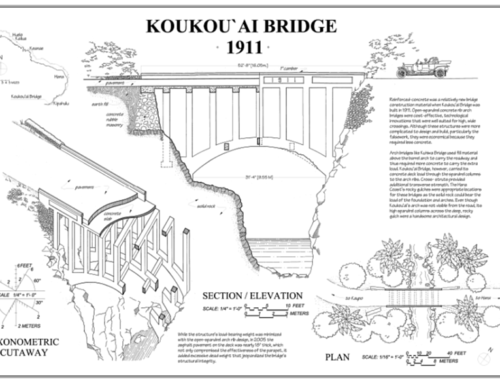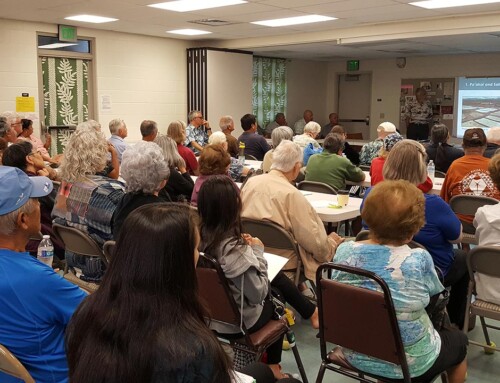Preservation easements are a tool to ensure that a historic building, with its associated site and character-defining features, can be preserved in perpetuity. Similar to conservation easements, the owner severs certain property rights, including the right to demolish or develop the site, and grants those property rights to a qualified preservation organization.
The preservation easement gives the receiving organization the right and responsibility to ensure that the site’s historic characteristics are preserved and maintained in perpetuity. Typically, a preservation easement protects against changes to a property that would be inconsistent with the preservation of the property, such as demolition of historic buildings, inappropriate alterations, or subdivision of land. The easement may also protect against deterioration by imposing affirmative maintenance obligations. The restrictions of the easement are generally incorporated into a recordable preservation easement deed that is part of the property’s title (it “runs with the land”). This title interest is binding both on the present and future owners.
The owner retains other rights, including access, development on other parcels, use and enjoyment. The owner also retains responsibility for maintenance and compliance with applicable codes. Under the federal tax code, a charitable contribution is considered to be made for a conservation or preservation purpose if it protects land areas where such preservation will yield a significant public benefit, including a certified historic structure or historically important land area.
To qualify for the tax deduction, easements must first meet the requirements of state law, including the applicable requirements of state law authorizing the granting of easements, and they must be enforceable. In addition, easement donors seeking federal tax benefits need to meet the requirements of the Internal Revenue Service (IRS) regulations. For example, the easement must be maintained in perpetuity. Easements that do not comply with the federal requirements may be fully effective as easements, but may not qualify for the federal tax deduction. Donors are strongly advised to work with a lawyer familiar with the requirements of federal law.
The components of the easement and the donation agreement often include:
- The scope and extent of the areas and features to be preserved, including the significant characteristics and elements, the baseline monitoring report and documentation of the existing condition of the facade and its historical value. Easements can either cover just the exterior, or may extend to significant features on the interior as well. The criteria used by preservation organizations in deciding upon the appropriateness of changes proposed by property owners may vary, but many organizations rely on the Secretary of the Interior’s Standards for Rehabilitation or the Secretary of the Interior’s Standards for the Treatment of Historic Properties.
- The roles and responsibilities for both the owner and the easement holder; these usually include such items as an annual monitoring visit, notice when there is a transfer of ownership, meeting about any processes and standards of any future proposed changes, and any affirmative responsibility for the owner to provide maintenance and capital improvements. The easement will also address other “boilerplate” issues, such as enforcement, conflict resolution, insurance, public access, amendment, and casualty damage.
- A stewardship endowment and/or fee to cover stewardship costs in perpetuity. These funds are used to cover the expense of preparing the baseline monitoring report, annual monitoring and reporting. The receiving organization typically invests the funds to provide income for annual stewardship costs and, if necessary, defense of the easement.
For more information, see http://www.preservationnation.org/resources/faq/information-sheets/easement-full.html








